
Despite the slowdown, the World Bank still sees East Asia (including Southeast Asia) and the Pacific as “a bright spot in the global economic picture”, thanks to its resilience and large room for reform. However, to maintain growth momentum, the region needs “a new wave of reforms”, aimed at improving labor productivity and creating high-quality jobs.
Vietnam is likely to lead the region with a growth rate of 6.6% in 2025, the highest among developing economies, the report said. Mongolia and the Philippines are next, with growth of 5.9% and 5.3%, respectively, while China, Cambodia and Indonesia are all forecast to grow around 4.8%. At the lower end of the growth spectrum, the Pacific Island countries are forecast to grow at around 2.7% and Thailand at 2%.
The World Bank said the region’s inclusive growth model faces a stark paradox: growth is relatively strong, but quality jobs are still scarce. Most new jobs created are in the informal, low-productivity service sector, while young workers face difficulties entering the market and women’s labor force participation remains low.
“The region is witnessing a jobs paradox – strong growth but not enough quality jobs,” said Carlos Felipe Jaramillo, World Bank Vice President for East Asia and the Pacific. “More radical reforms, especially in removing barriers to market entry and promoting competition, would pave the way for private sector development and create more decent jobs.”
According to the World Bank, although retail sales increased and industrial production maintained its expansion, consumer and business confidence have not yet fully recovered from the COVID-19 pandemic. Exports have shown signs of accelerating thanks to demand in anticipation of US tariff adjustments, but new orders are slowing. The World Bank forecasts that growth across the region will slow to 4.3% in 2026, reflecting the impact of trade barriers, geopolitical uncertainty, and some countries still relying heavily on fiscal stimulus measures rather than deep structural reforms.
Vietnam - a bright spot with steady recovery momentum
In a volatile regional picture, Vietnam has emerged as a bright spot of stability, with a strong recovery in domestic production and consumption. The World Bank highly appreciates Vietnam's policy management ability in maintaining macroeconomic stability, controlling inflation and supporting businesses to recover after the pandemic.
Speaking at a press conference to launch the report on October 7, Aaditya Mattoo, the World Bank’s Chief Economist for the East Asia and Pacific region, noted that about 80% of new jobs in Vietnam were created by young, dynamic businesses – a positive sign of the vitality of the private sector. However, the proportion of young businesses in the overall business sector has been declining in recent years, reflecting structural and environmental challenges.
Mr. Aaditya Mattoo said that Vietnam has made significant progress in specializing in an industry and service sector, especially in areas with higher added value. However, he emphasized, "institutional reform and improving labor productivity will determine Vietnam's ability to fully take advantage of the opportunities from the wave of global supply chain shifts." According to the WB expert, the "China +1" strategy is opening up many opportunities to attract investment, but the level of Vietnam's participation in the regional production chain is still modest. Therefore, Vietnam needs to have strong reforms in the economic sector, as well as in the economic management apparatus and improve labor productivity.
External challenges and internal orientation
The East Asia Pacific Economic Update also mentioned the impact of the new US tariff policy - a factor affecting trade of many export-dependent economies in the region. Expert Aaditya Mattoo commented: "Instead of seeing themselves as victims of external fluctuations, East Asian countries need to proactively build internal growth drivers through reform and deeper integration."
East Asia and Pacific economies need to avoid relying on short-term stimulus packages and focus on long-term structural reforms, including improving the quality of education, simplifying business procedures and increasing effective public investment, according to Aaditya Mattoo, an expert. “A virtuous cycle of opportunity and capacity will help create more and better jobs, which in turn will drive higher growth,” he said.
For Vietnam, the important solution is not only to expand export markets, but also to strengthen domestic demand and increase product value. Accelerating digital transformation, improving governance capacity and innovation in the private sector will be factors that create the foundation for a new growth phase. In addition, the process of improving labor productivity is considered the key to transitioning to a quality growth model, where high value-added economic sectors play a leading role. Focusing on institutional reform, promoting innovation and upgrading labor skills will help Vietnam not only maintain a high growth rate but also improve the quality of development, towards the goal of inclusive and sustainable growth.
Source: https://baotintuc.vn/kinh-te/wb-tang-truong-cua-viet-nam-dan-dau-khu-vuc-dong-a-thai-binh-duong-20251007145151693.htm










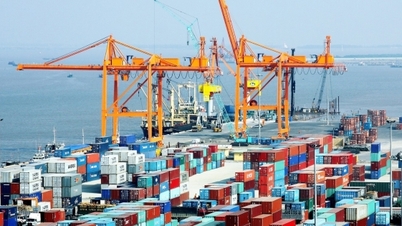




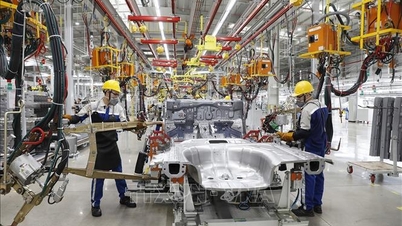


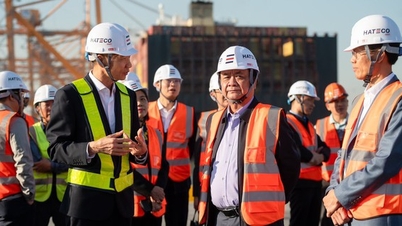

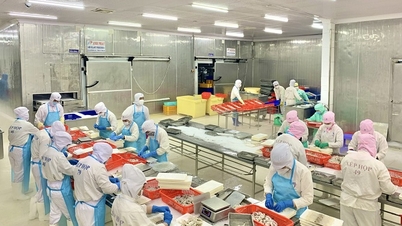

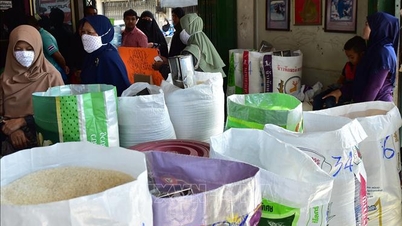























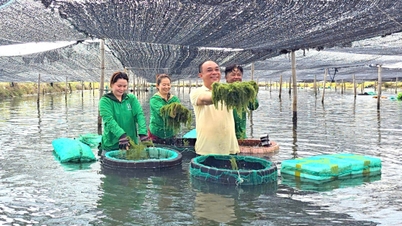




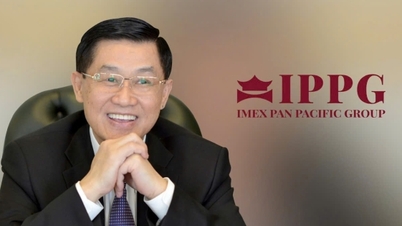


















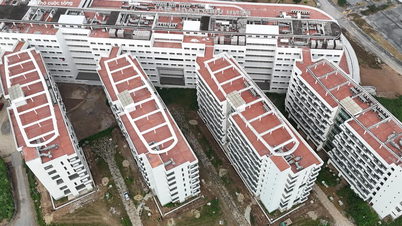


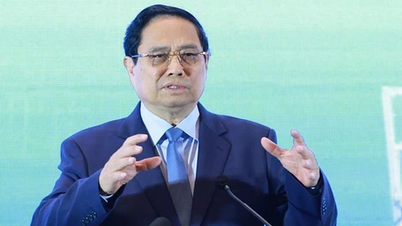


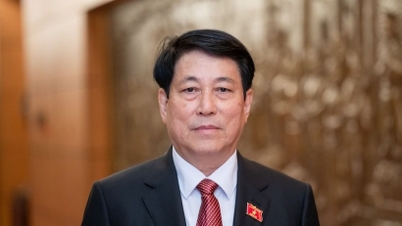


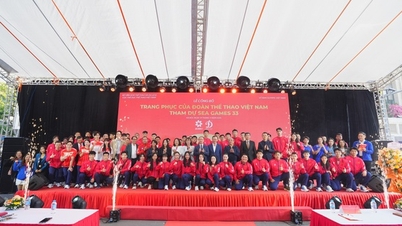















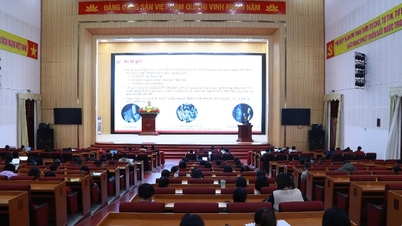












Comment (0)